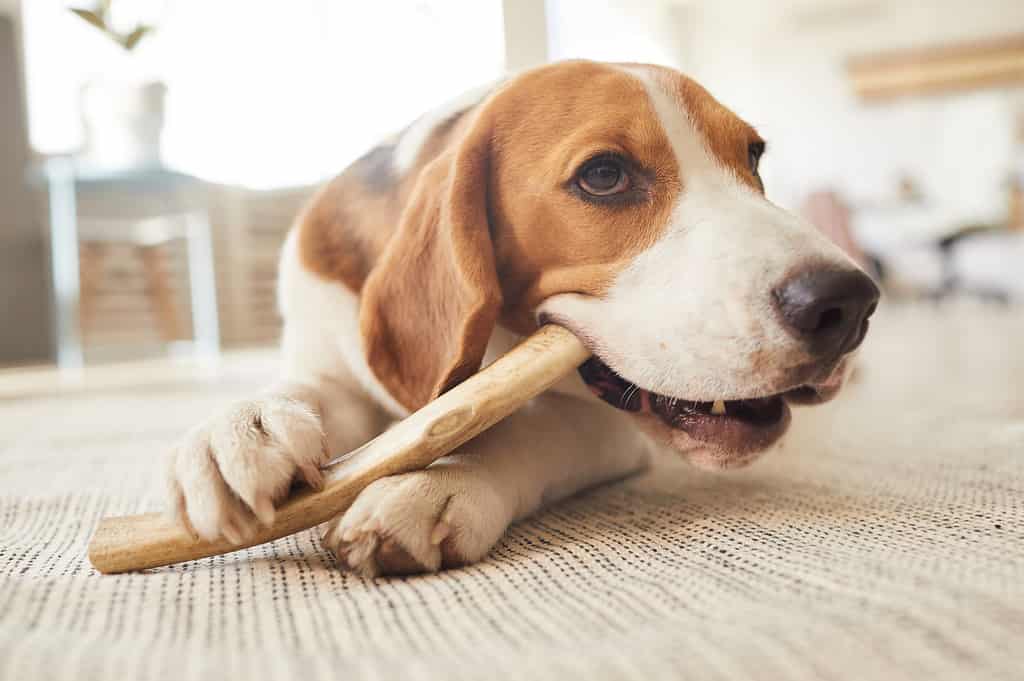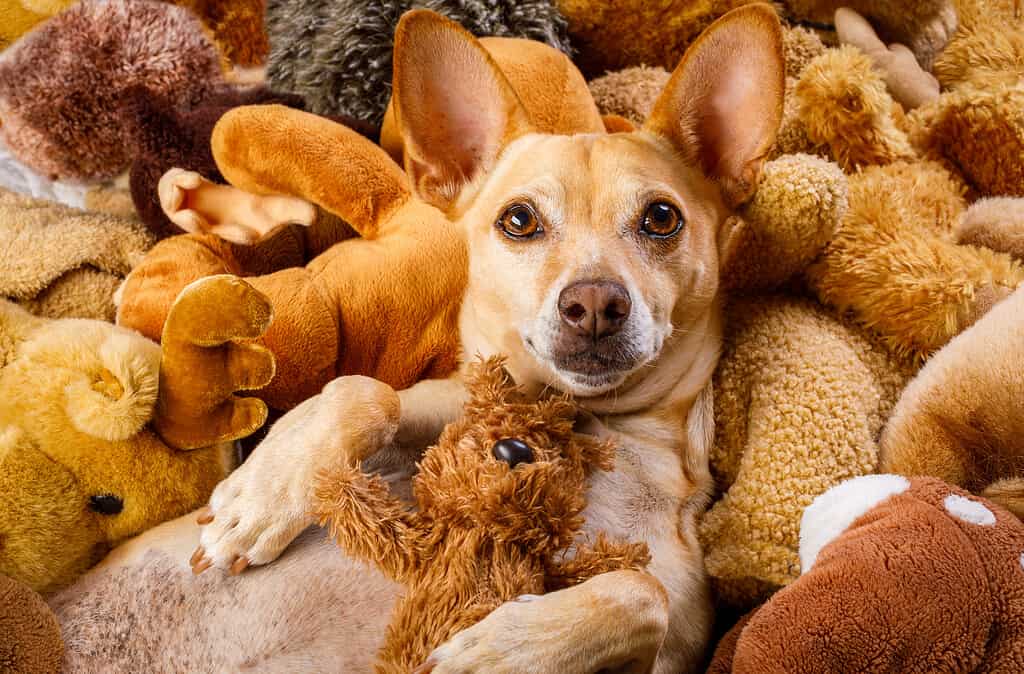Have you ever had a friend whose house seems to change a little every time you visit? They rearrange the furniture, or there’s new art on the walls, or even the towels change colour in the bathroom?
It often gives the place a new feel. You suddenly notice how large the room is and it feels more airy. Or it feels more cosy on the sofa when it’s moved. There are so many details that go unnoticed when things stay the same.
The tendency to tune out routine stuff is “habituation”. When we see, hear, or smell the same thing day in, day out, it fades into the background. We simply stop noticing it. Like when you’ve propped the card you need to post by the front door and it stays there for a few days so that by the time you go out, you don’t notice it anymore and it still doesn’t get posted. Or is that just me?
Habituation has its good side. When we aren’t distracted by every little routine thing, we can focus on what’s important. But if nothing new ever happens and we’re habituated to everything around us, it can lead to a big case of boredom – for us and our dogs.
There is one simple and often cheap way to mix things up for your dog though – toy rotation.
What is “rotation” and how do I know my dog will like it?
Rotation is a way of strategically changing things in your dog’s environment like toys or your home setup to keep their brains happily busy! Adding new dog-safe décor, rearranging your furniture, or rotating toys on a schedule helps keep things fresh and interesting.
You’ll keep your dog mentally stimulated by helping them bust through habituation, using rotation. A toy becomes new again when they haven’t seen or played with it in a while. Your home becomes an exciting new place to explore when the layout has changed a bit.
I mean who hasn’t become annoyed when you’ve moved a bed or sofa to clean underneath it and your dog spends 20 mins sniffing and generally getting in the way of you vacuuming?
How to rotate your dog’s toys
Rotating toys is an easy way to keep things novel. Once my sister gifted some of my nephew’s old toys to his nursery and he came home all enthusiastic about the new cars – the very ones he’d stopped playing with at home! Rotating toys often means long forgotten toys become new favourites again.
- Rotate toys regularly if you can. If you have a big box of toys, this should be pretty easy! Put the bin away in a cupboard and grab a few out. If a toy is constantly ignored on every trip to the play pile, maybe it’s time for it to go for good.
- Leave the favourites out. If your dog is like Fraggle and has a favourite toy they carry about or sleep with, leave it out for them all the time.
- Make sure a variety of toys with different uses are available. Toys for tugging, chewing, carrying or chasing whatever activities your dog likes to do. Make sure there are toys available for each activity all the time even if the actual toy changes.
- And don’t forget to include toys that are used in a game with you. That way you still get your special bonding time together.

Toys are strewn about the place all the time at our house. But we have boxes of toys not in circulation in a shelf unit. At least monthly I pick up the toys that are out and swap them for “different but equivalent” toys that have been stored away. There are always several different kinds of chew toys for Flint and Fraggle always has her special toy available. If I’m slow to change things and Flint thinks I’m being neglectful he is pretty good at dragging the boxes out himself!
Toy rotation keeps everything fresh and fun, but other kinds of rotation might be a little too much for some pets.
Consider this before bigger rotations
Like most things, there are best practises to follow. Before hitting snooze on your dog’s consistency, consider the following:
- Some dogs might get anxious over too much sudden change.
- For instance when I bought new beds, Fraggle wouldn’t use them for a while so I needed to keep her preferred bed out until she deemed the new ones OK (and then we couldn’t get her off them).
- Changes in your home could disrupt your dog’s daily routine.
- Before you change the flooring or redo the kitchen, or even change the sofa think a bit about how it will impact your dog’s life.
- Some dogs will be completely unphased, others unbothered but the change could still impact their mobility. Especially floor or furniture changes.
When we swapped to wood flooring in the living room, I got rugs and made sure they wouldn’t slip so our oldie boy Breckin could move around easily.
And if you’re suddenly going to change the rules because you’ve got a new sofa and don’t want your dog on it now, you need to factor in that it’s going to take some time for them to adjust to the change. And maybe consider using throws on the sofa instead…..
A common change is getting rid of the crate once your puppy becomes an adult. Before you make this change, consider how much your dog actually uses the crate. If they never use it then it’s probably not a big deal. But it will be if they often take themselves off to it. If you really want to get rid of it, can you put a different but similar option in its place? A table with a bed under it for instance? Or a more attractive crate?
If you have a dog who is blind or in cognitive decline, think hard before moving furniture around. Only do it if you really have to. Consistency is important for these dogs so if you do have to make changes, do them in small stages. That way they don’t have to learn how to cope with a brand new layout in one go.
Changing things up with younger dogs and puppies can help them be more adaptable about changes as they age.
Rotation of toys and changing up your dog’s environment should add interest and novelty to your dog’s life:
- Add new fun new elements, but when making big changes, ensure some familiarity remains.
- Don’t rotate your dog’s favourite toy, it should always be available for them.
- Avoid changes that unnecessarily disrupt your dog’s daily routine. Like making lots of changes all at once, or getting rid of preferred sleeping spots for brand new ones without a change over period.
So…do you rotate? Can you rotate? Tell me how your pet reacts to new toys or a new activity! Tag me @tails_we_win

